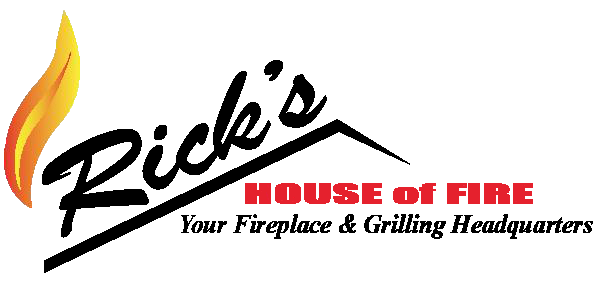Two Little Known Causes of House Fires: Batteries and Pyrolysis
Many people are familiar with the possible dangers of a chimney fire if the fireplace & chimney system has been neglected. But there are two other little known causes of house fires, batteries & pyrolysis; that can be just as equally dangerous. A family’s home recently burned down because of a lack of knowledge about the potential dangers of 9-volt batteries. They had replaced the batteries in their smoke alarms, and the old batteries were put into a recycling bag in the garage. At some point the bags were jostled, and the terminals of the batteries touched, causing a fire that quickly engulfed the home. The family was in shock to learn that their careful procedure of replacing smoke alarm batteries each daylight saving’s time was associated with the fire; but many people are unaware of the need to be very careful with 9-volt batteries. The simplest solution is to place duct tape over the terminals before disposal. Pyrolysis is also a little known danger, and it is important for people with fireplaces and wood stoves to be aware of the threat.
Pyrolysis is a chemical decomposition of combustible objects that are situated too close to a heat source, and it is one of the major causes of structural fires throughout North America. Safety from this threat begins with an understanding of the process of pyrolysis; your home or workplace can be prevented from burning down during winter months. Every year there are many fires and tragedies caused by pyrolysis and yet few people even know what it is.
Pyrolysis occurs when combustible materials are continuously exposed to temperatures of about 212°F or more for an extended period of time. Keep in mind that 212°F is not really very hot. The materials chemically break down as they are slowly dried out; and eventually ignite. A direct flame is not required for the fire to start. Heat and oxygen are all that is needed for pyrolysis to occur.
A former chimney sweep and fire investigator says that pyrolysis has been the cause of over 85% of the fires related to solid fuel that she has investigated. Other causes of fires include:
- Improper maintenance of a chimney, appliance, pipe, or connector is the cause of 10 of every 100 fires she has studied.
- Careless or improper operation of a heating system or appliance has caused about 5% of the fires she investigated.
In a vast majority of fires caused by pyrolysis, the tragedies are practically unavoidable due to improper installation of solid-fuel stoves, fireplaces, furnaces, and fireplace inserts.
A common problem is that there is not enough space between unprotected walls, furnishings, and other combustible structural components and the wood burning stove or stovepipe.
The solution to this serious problem is to leave at least the minimum amount of space between the heating unit and combustibles, as recommended by the manufacturer. These minimum clearances are frequently ignored, which puts the entire household at risk, though children and the elderly are the most vulnerable in the event of a house fire.
The National Fire Protection Association did a test in which a stack of 1/8” thick fiberboards were placed closer than recommended to a wood-burning appliance. At just 228°F, the wood self-ignited in just 96 hours. What can be deceiving for homeowners is that the heating system can be used for years and everything can seem fine. But the destruction caused by pyrolysis often occurs over the course of months or years.
A damaged chimney liner is another cause of pyrolysis, which is why a fireplace or wood stove should never be used until a damaged liner is replaced. The damage in the chimney flue easily goes undetected without an inspection by a professional chimney sweep. For prevention of pyrolysis, it’s best to have annual inspections and have solid fuel appliances installed by professional sweeps.
